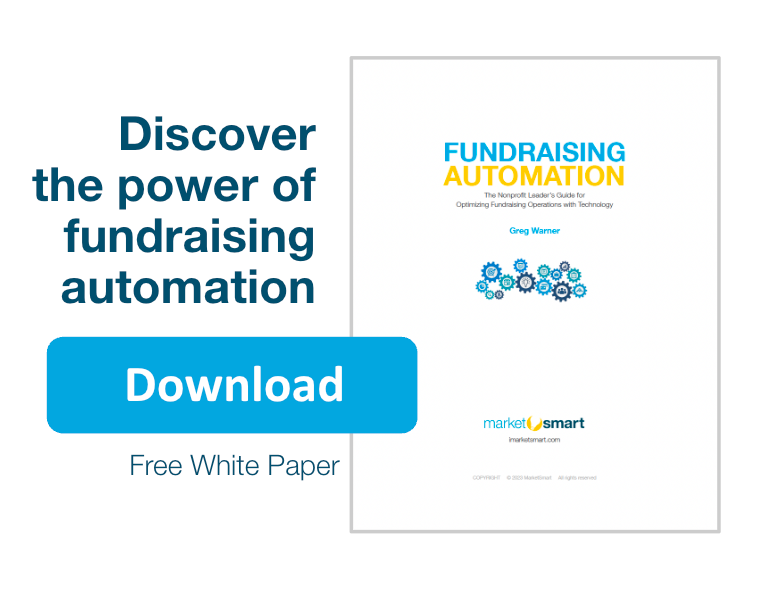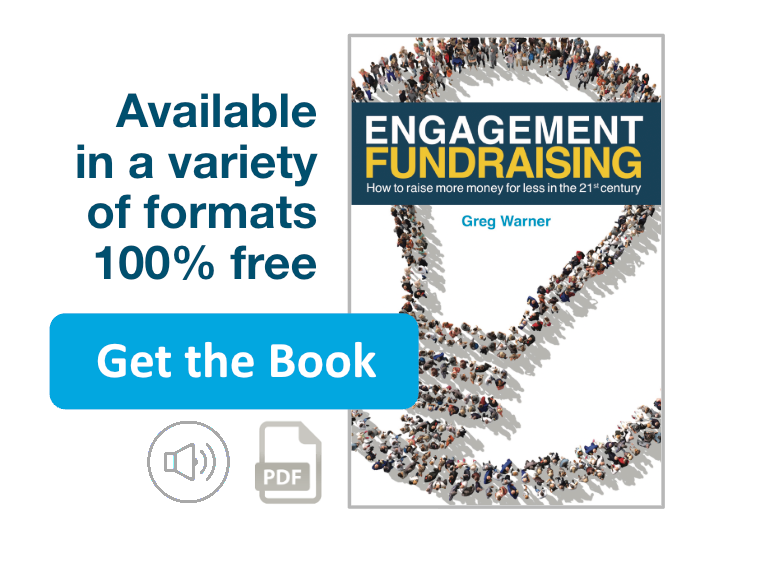 Do you give out pins?
Do you give out pins?
When I informed a nonprofit about my legacy gift intention, all I really got was a pin.
“Whoopie!” I thought to myself.
Pins are not a bad idea. The problem is that too many organizations send out pins and that’s all. Yesterday one of my clients brilliantly reminded his boss that “the disclosure of a legacy gift is actually the BEGINNING of the process.” I was impressed. He was right on target because, according to Dr. Russell James’ research, “early deciders” give 4 times more than “late deciders” (those who include a charity in the last couple of years of their lifetime).
So, we recommend you encourage donors and supporters to disclose their gift intentions early so your organization can begin to get to know them well. If you nurture the relationship properly, the gift size will (most-likely) increase AND it will stay in the estate plan (rather than being tossed out or replaced by another charity).
So don’t just send ’em a pin. The disclosure is just the beginning!





[…] in their estate plan for the long-term (say, 10+ years before death) leave, on average, 4 times the amount left by those who first added a charitable component within 2 years of death. So, it is great to […]
[…] in their estate plan for the long-term (say, 10+ years before death) leave, on average, 4 times the amount left by those who first added a charitable component within 2 years of death. So, it is great to […]